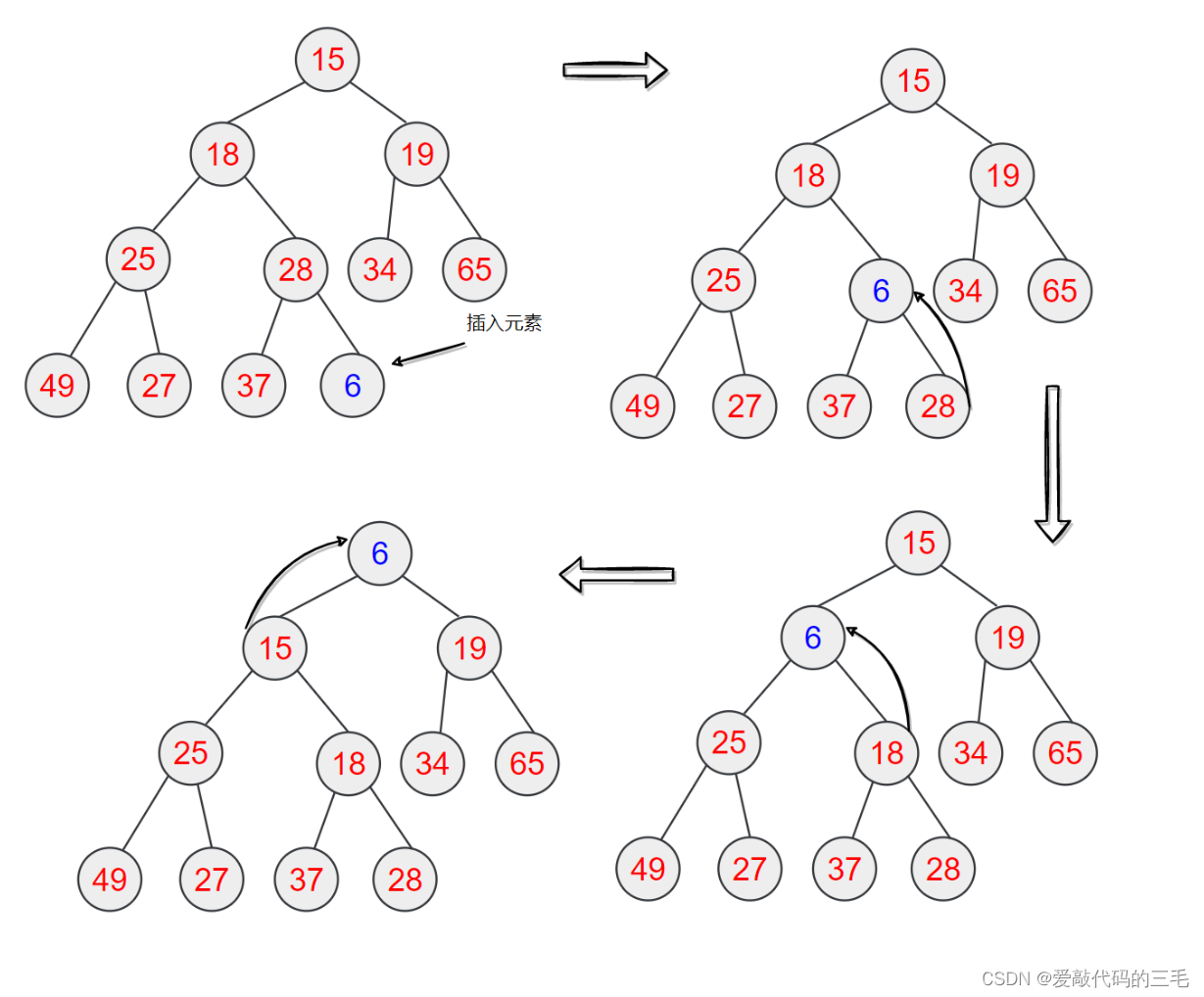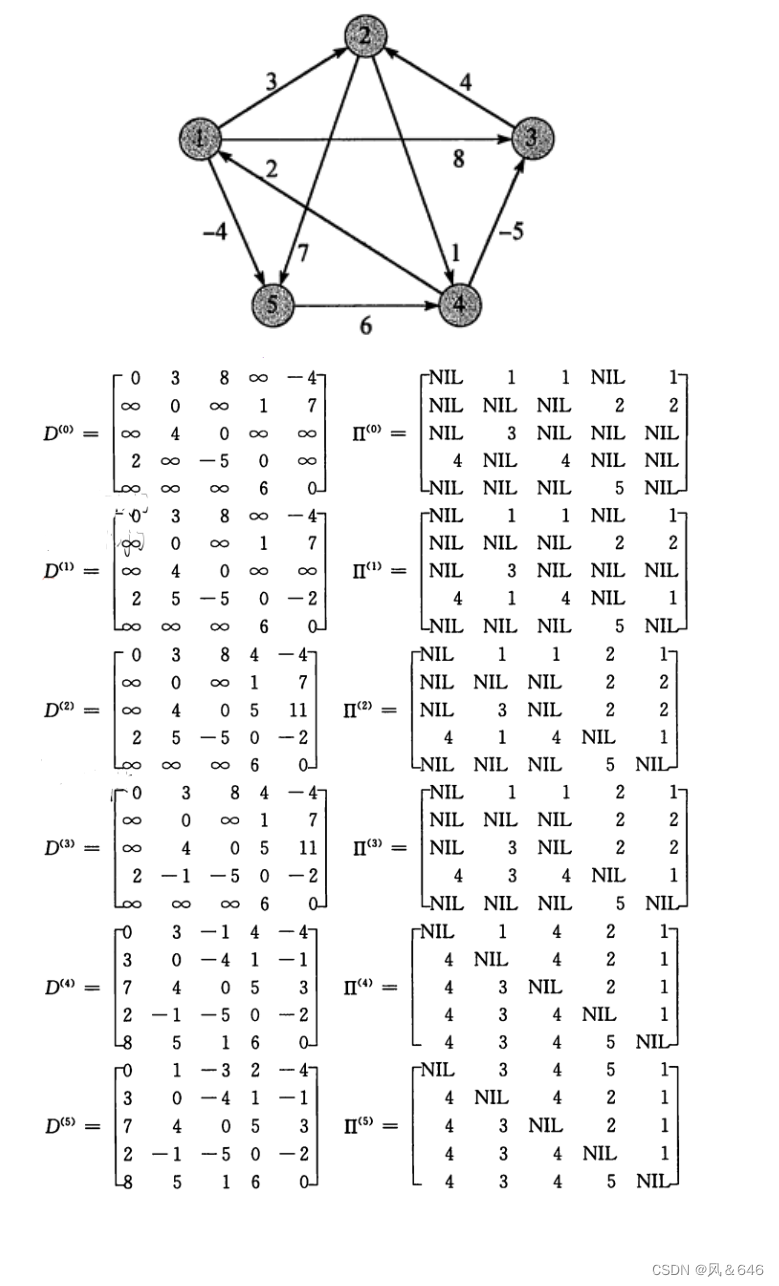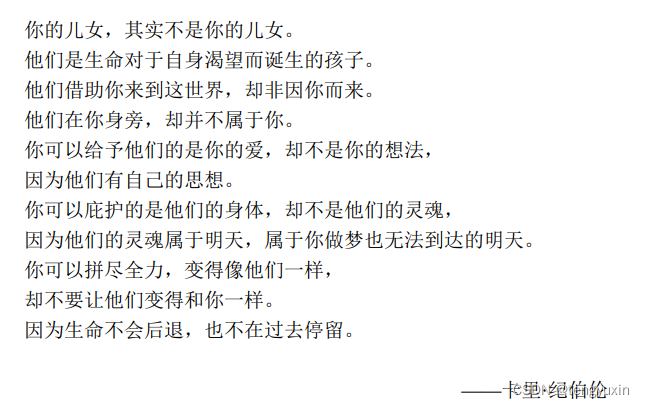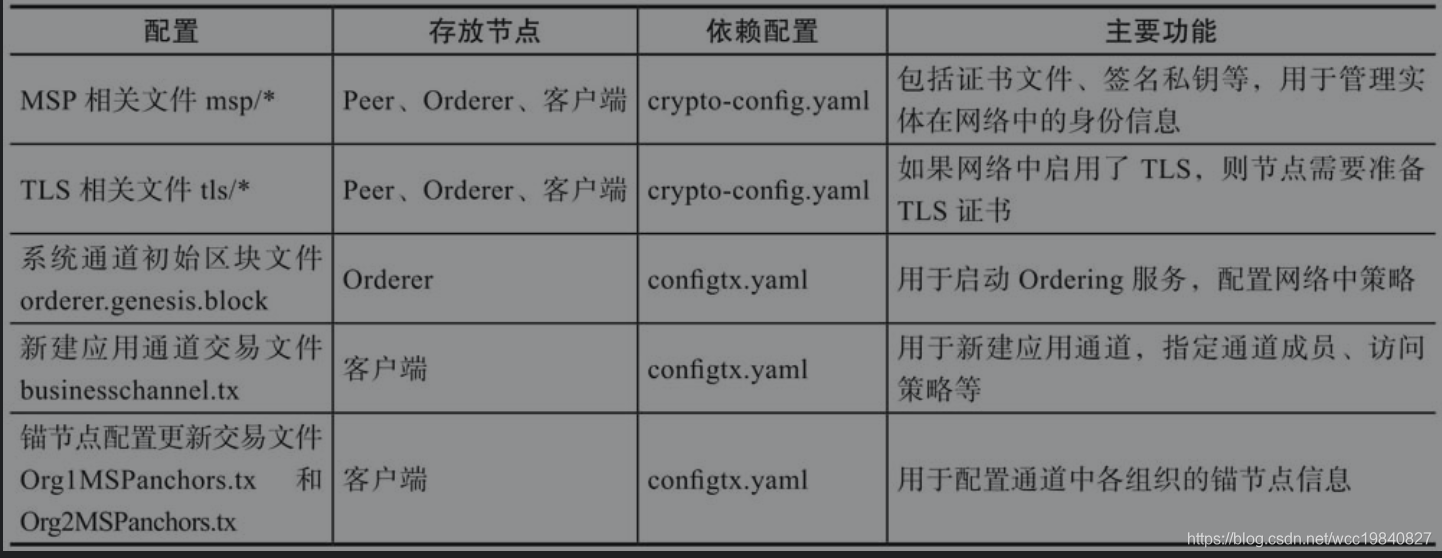文章目录
- 24. 两两交换链表中的节点:
- 样例 1:
- 样例 2:
- 样例 3:
- 提示:
- 分析:
- 题解:
- rust
- go
- c++
- c
- python
- java
24. 两两交换链表中的节点:
给你一个链表,两两交换其中相邻的节点,并返回交换后链表的头节点。你必须在不修改节点内部的值的情况下完成本题(即,只能进行节点交换)。
样例 1:

输入:
head = [1,2,3,4]
输出:
[2,1,4,3]
样例 2:
输入:
head = []
输出:
[]
样例 3:
输入:
head = [1]
输出:
[1]
提示:
- 链表中节点的数目在范围
[0, 100]内 0 <= Node.val <= 100
分析:
- 面对这道算法题目,二当家的陷入了沉思。
- 利用指针做位置交换,递归或者遍历处理,直接上就行了。
- 递归还是比较直观,简单。
- 遍历也不难,但是单向链表需要前结点来指向当前结点,所以需要一个哑结点来统一处理,手工管理内存的话,需要最后释放掉哑结点。
题解:
rust
// Definition for singly-linked list.
// #[derive(PartialEq, Eq, Clone, Debug)]
// pub struct ListNode {
// pub val: i32,
// pub next: Option<Box<ListNode>>
// }
//
// impl ListNode {
// #[inline]
// fn new(val: i32) -> Self {
// ListNode {
// next: None,
// val
// }
// }
// }
impl Solution {
pub fn swap_pairs(head: Option<Box<ListNode>>) -> Option<Box<ListNode>> {
let mut dummy = ListNode::new(0);
let mut t = &mut dummy;
t.next = head;
while t.next.is_some() && t.next.as_ref().unwrap().next.is_some() {
let mut node1 = t.next.take();
let mut node2 = node1.as_mut().unwrap().next.take();
node1.as_mut().unwrap().next = node2.as_mut().unwrap().next.take();
node2.as_mut().unwrap().next = node1;
t.next = node2;
t = t.next.as_mut().unwrap().next.as_mut().unwrap();
}
return dummy.next;
}
}
go
/**
* Definition for singly-linked list.
* type ListNode struct {
* Val int
* Next *ListNode
* }
*/
func swapPairs(head *ListNode) *ListNode {
dummy := &ListNode{0, head}
t := dummy
for t.Next != nil && t.Next.Next != nil {
node1 := t.Next
node2 := node1.Next
node1.Next = node2.Next
node2.Next = node1
t.Next = node2
t = node1
}
return dummy.Next
}
c++
/**
* Definition for singly-linked list.
* struct ListNode {
* int val;
* ListNode *next;
* ListNode() : val(0), next(nullptr) {}
* ListNode(int x) : val(x), next(nullptr) {}
* ListNode(int x, ListNode *next) : val(x), next(next) {}
* };
*/
class Solution {
public:
ListNode* swapPairs(ListNode* head) {
ListNode dummy = ListNode(0, head);
ListNode *t = &dummy;
while (t->next != nullptr && t->next->next != nullptr) {
ListNode *node1 = t->next;
ListNode *node2 = node1->next;
node1->next = node2->next;
node2->next = node1;
t->next = node2;
t = node1;
}
return dummy.next;
}
};
c
/**
* Definition for singly-linked list.
* struct ListNode {
* int val;
* struct ListNode *next;
* };
*/
struct ListNode* swapPairs(struct ListNode* head){
struct ListNode *dummy = malloc(sizeof(struct ListNode));
dummy->next = head;
struct ListNode *t = dummy;
while (t->next != NULL && t->next->next != NULL) {
struct ListNode *node1 = t->next;
struct ListNode *node2 = node1->next;
node1->next = node2->next;
node2->next = node1;
t->next = node2;
t = node1;
}
head = dummy->next;
free(dummy);
return head;
}
python
# Definition for singly-linked list.
# class ListNode:
# def __init__(self, val=0, next=None):
# self.val = val
# self.next = next
class Solution:
def swapPairs(self, head: Optional[ListNode]) -> Optional[ListNode]:
dummy = ListNode(0, head)
t = dummy
while t.next and t.next.next:
node1 = t.next
node2 = node1.next
node1.next = node2.next
node2.next = node1
t.next = node2
t = node1
return dummy.next
java
/**
* Definition for singly-linked list.
* public class ListNode {
* int val;
* ListNode next;
* ListNode() {}
* ListNode(int val) { this.val = val; }
* ListNode(int val, ListNode next) { this.val = val; this.next = next; }
* }
*/
class Solution {
public ListNode swapPairs(ListNode head) {
ListNode dummy = new ListNode(0, head);
ListNode t = dummy;
while (t.next != null && t.next.next != null) {
ListNode node1 = t.next;
ListNode node2 = node1.next;
node1.next = node2.next;
node2.next = node1;
t.next = node2;
t = node1;
}
return dummy.next;
}
}
非常感谢你阅读本文~
欢迎【点赞】【收藏】【评论】~
放弃不难,但坚持一定很酷~
希望我们大家都能每天进步一点点~
本文由 二当家的白帽子:https://le-yi.blog.csdn.net/ 博客原创~








![[第十二届蓝桥杯/java/算法]C——卡片](https://img-blog.csdnimg.cn/8445fea992b14f3aa805385d08d75386.png)









